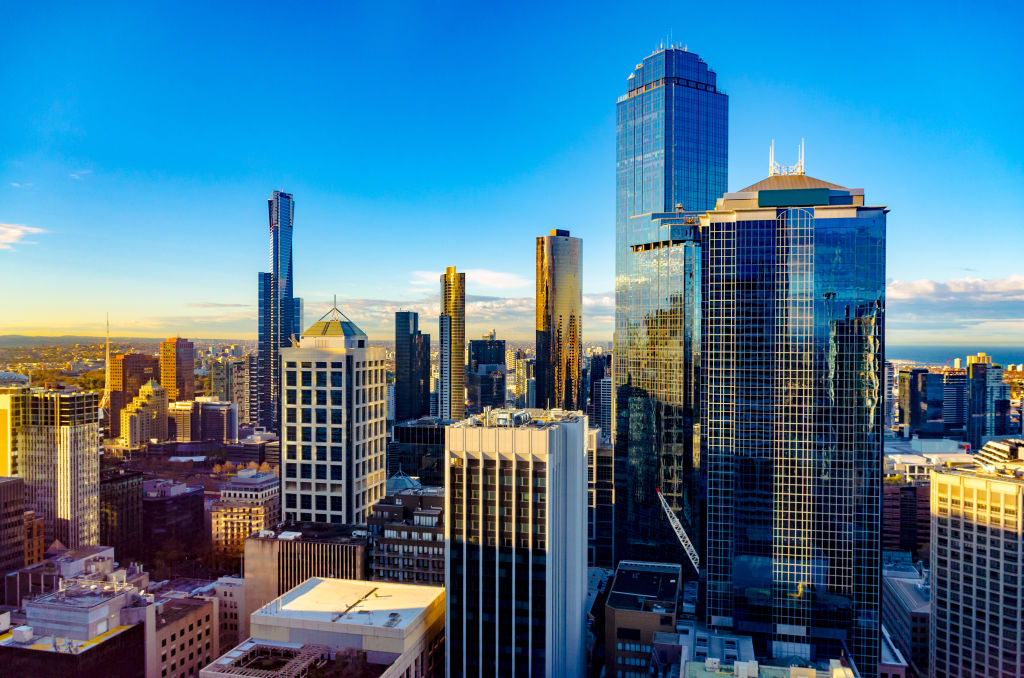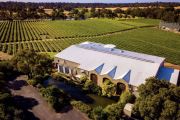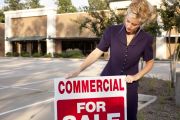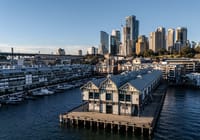
Market outlook: What's happening in the office leasing market in 2023?
Property experts are optimistic about our major office leasing markets in 2023. Al Dunlop, head of leasing NSW at Knight Frank, says 2022 was a “recalibration” for Sydney.
“[It] was a record enquiry year, and firms knew what they needed in terms of workspace, but larger macro-economic factors were stopping them from making decisions,” he says. “But come November a lot of heads of agreement were signed and that’s continued into Q1 2023.”
Dunlop says one important metric to track will be sub-lease activity. Big companies that had leased large floor plates before the pandemic were subletting superfluous areas in 2020 and 2021. But in 2022 and 2023 available sublease space had scaled back.
“In the city, we’ve seen several tenants come in from North Sydney, North Shore and fringe markets and look at these sublease spaces. It also shows how resilient the CBD market is,” he says.
“I think we’ve got metrics that suggest face rent will grow across our markets. Yields are under duress, but face rent can compensate for that. I also think high incentives will remain sticky across most markets for the next couple of years – percentages in the high 20s to mid 30s.”
He predicts the Sydney office vacancy rate will also retract its current 11.2 per cent due to tightening supply.
Ashley Buller, head of office leasing Victoria at CBRE, says extreme lockdowns in 2020 and 2021 meant Melbourne leasing came off a low base, which amplified growth in 2022.
“The main difference we’re seeing in 2023 is that there are bigger tenants – 1000-plus square metre deals – in the market now,” he says.
Buller says there has also been demand for lesser-quality space from cost-conscious tenants. “We saw that ‘flight to quality’ over the past few years,” he says, “but what we’re now noticing is more broad-based enquiry.”
Buller predicts the current vacancy rate of 13.8 per cent will be much closer to 12 per cent by December.
Brisbane’s CBD market also established its return last year, says Matt Kearney, national director of office leasing for Colliers.
“In 2022 a lot of occupiers played catch-up with respect to their real estate needs, and we’re seeing that momentum continue into 2023,” he says.
Kearney says a great example of positivity is the Dexus development Waterfront Brisbane, the first stage of which includes a 72,000-square-metre office tower over 52 levels.
“We’ve been working on that development for a few years now and early on it was hard to get tenants to commit,” he says.
“Now, with the fullness of time and return of confidence, we’ve found most tenants pre-committing to more space than their current footprint – in one case 25 per cent more.
“Deloitte, Minter Ellison, Gadens and Colliers have all pre-committed to Waterfront Brisbane.”
Kearney says the Brisbane region is primed to flourish over the next 10 years.
“We’re having that perfect storm of population growth, the 2032 Olympics, huge infrastructure investment, resurgence of mining, the return of students and increased economic diversity that positions south-east Queensland well for the future, and that translates into demand for office space.”
He says this should see vacancy rates tighten further, particularly in the premium and A-grade markets.










